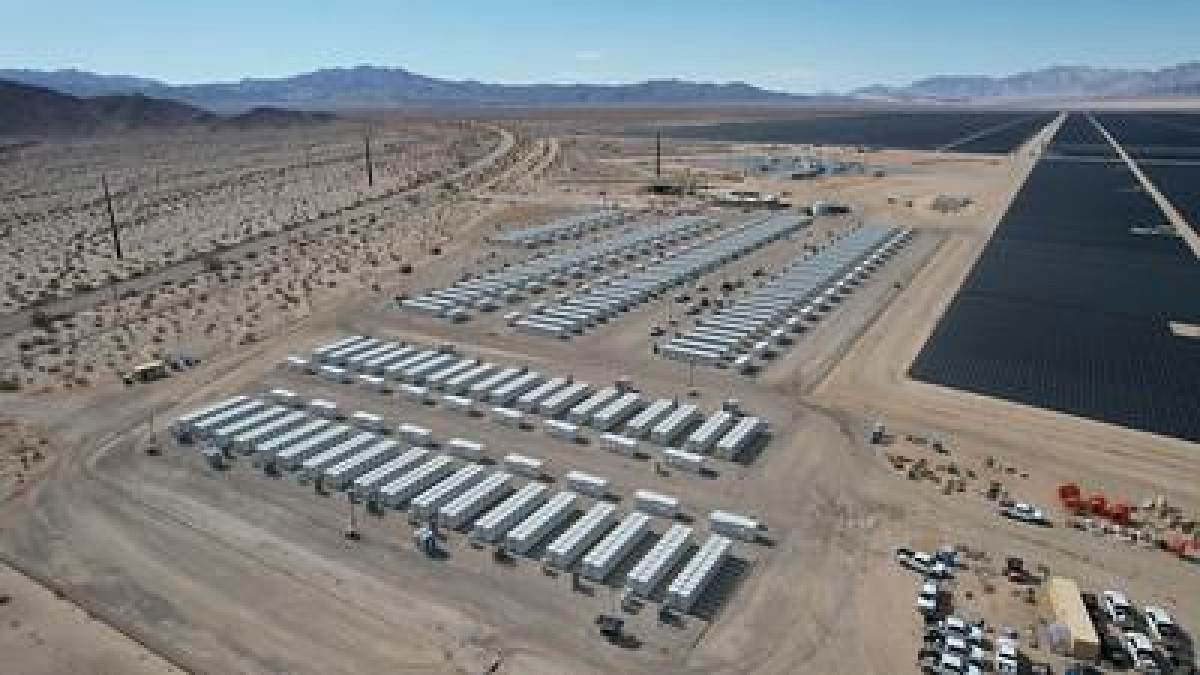Bureau of Land Management issues go-ahead to pair 550MW BESS with California desert PV plant

The US Bureau of Land Management (BLM) has given the green light for construction to begin on a second large-scale battery storage system at Desert Sunlight, a solar PV plant on lands it manages in California.
The Bureau said on Friday (2 June) that it had issued a Notice to Proceed on the Sunlight Storage II Battery Energy Storage System project in California’s Riverside County. Now the notice has been issued, project partners including NextEra development arm NextEra Energy Resources can start breaking ground.
As reported by Energy-Storage.news in May as the BLM gave approval to Sunlight Storage II, the project will comprise a battery energy storage system (BESS) of up to 300MW output. While megawatt-hour figures have not been provided, it appears likely it will be a four-hour duration resource (1,200MWh) as is increasingly the standard for large-scale BESS connected to the grid in California.
It will be added to 230MW of previously installed battery storage which was brought online in August last year and co-located with Desert Sunlight, a flagship renewable energy project which itself came online in 2015.
The ground mount solar PV plant, itself brought online in 2015, was supported by US$1.5 billion of partial loan guarantees from the Department of Energy (DOE). The plant, using thin-film solar modules from US manufacturer First Solar, has 550MW of generation capacity, making it then, and still now, one of the country’s biggest projects of its type so far.
At 550MW of total BESS output and 2,200MWh – if as expected the full installation is four-hour duration – the battery portion would also represent one of the biggest projects seen in the large-scale BESS industry to date, certainly at a single site.
The area of land Desert Sunlight and the associated battery storage capacity are sited on were identified through analysis as suitable for renewable energy developments in the multi-agency Desert Renewable Energy Conservation Plan.
The plan seeks to streamline the deployment of clean energy resources at sites on 10.8 million acres of California desert land, across seven of the state’s counties, while its complementary aims include conserving desert ecosystems.
Stakeholders in it include the California Energy Commission (CEC), state and national level fish and wildlife departments, and the Bureau of Land Management. As reported by our colleagues at PV Tech, the Bureau’s programmes to put clean energy projects on publicly-owned land include a 2021 solicitation to put utility-scale solar PV on 90,000 acres of land selected in Colorado, Nevada and New Mexico.
Meanwhile, recent analysis from S&P Platts Global found that in California, there were over 5GW and around 20GWh of large-scale battery storage resources online as of the end of the first quarter of this year.